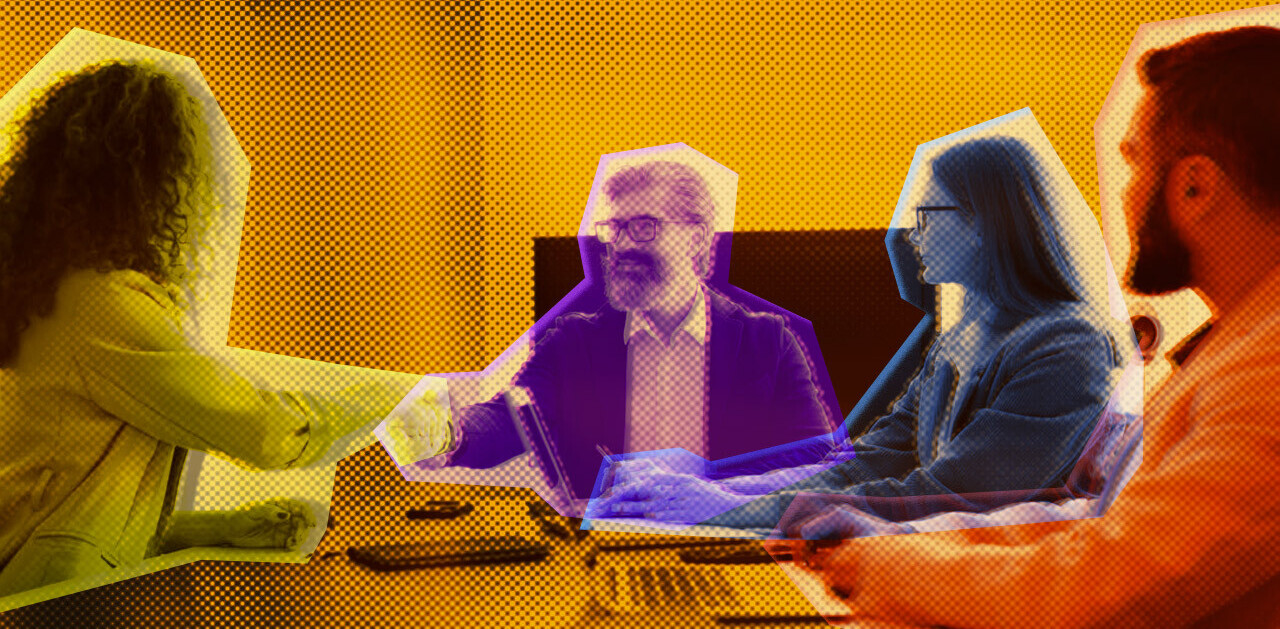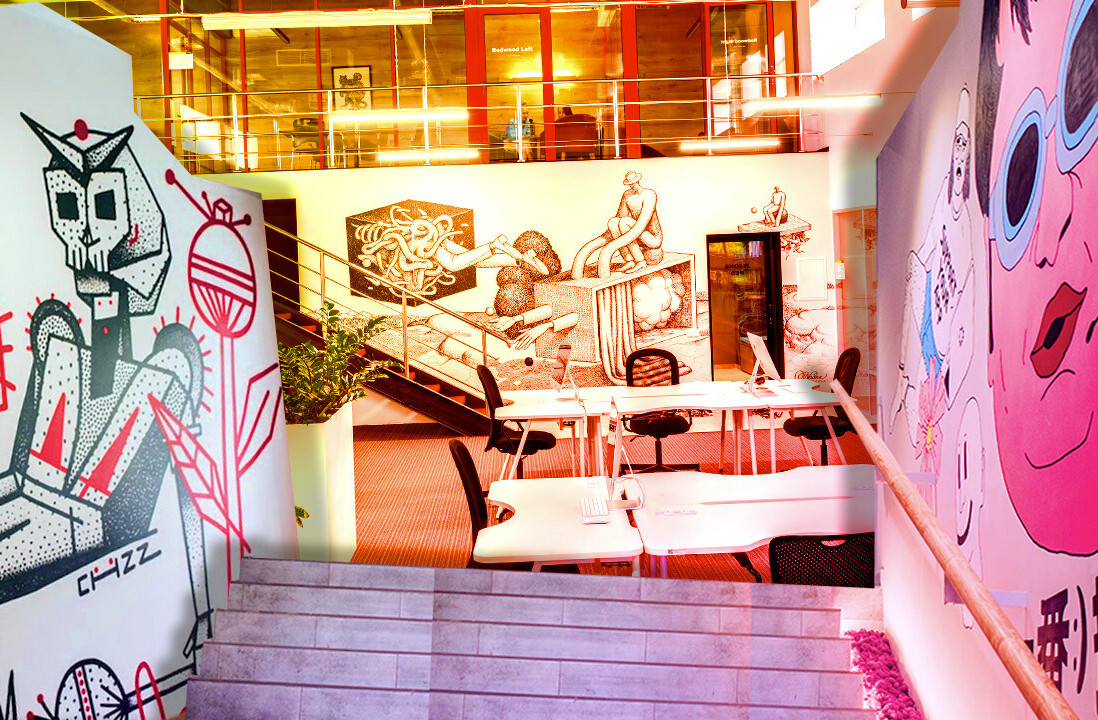
Now that millions are at home to help stop the spread of COVID-19, every organization, from the scrappiest basement startup to the most sprawling enterprise, is suddenly adapting to working on distributed teams, with remote clients and customers — a great many either alone or with family and housemates in total isolation for an indefinite amount of time.
It’s no doubt been overwhelming. Every one of us is having to manage the anxieties and confusion triggered by living through a global pandemic. If ever a time called for radical empathy on a massive scale, this is it.
At frog, my colleagues and I practice human-centered design approach built on deep empathy for user needs and aspirations. But this empathy can’t extend to customers alone. Now more than ever, from wherever we are, we need to be there for our colleagues and partners, too. Perhaps the following framework can be a useful starting point as your business ecosystem transitions to remote work:
- HELP: How can your organization be responding to the crisis? Now is the time to take swift action in solving short-term challenges for employees and customers. This might even mean a bold, dramatic shift in (at least temporary) business focus, as in the many fashion brands switching production capabilities to make face masks.
- GUIDE: How can teams understand what’s happening now and what to expect next? This involves gauging the current systems in place to support teams and maintaining operational, cultural, and mental wellness during this difficult time. It means asking: What can be done to lessen the burden of rapidly onboarding collaborators onto new tools and techniques?
- LEAD: How can leaders take their organizations securely forward? Right now is all about saying the right thing and taking the right actions at the right time. For example, with use of the video conferencing app Zoom at an all-time high, so too are its related privacy, and security concerns. To establish trust, Zoom co-founder Eric Yuan has issued public apologies, addressed bugs and questionable features, and has promised to hold weekly webinar updates.
- GROW: What can be done now to allow for a better future? Things are changing at a rapid pace, which doesn’t look likely to stop. Even amid the crisis, it’s time to think about adaptation in terms of developing a new normal. Now is the time to proactively articulate: What specifically is gained or lost from a purely analog, purely digital, or hybrid approach?
For those new to remote work, it can rightfully cause concern. After all, design teams are used to getting in a room to sketch concepts, refine product features, and craft quick and dirty prototypes. This approach has been invaluable for decades, proving the creative potential of collaborative problem solving. It may be hard to believe this process could translate into a fully digital environment. Yet, at frog we’ve seen great results come from reimagining traditional methods.
I’ve found with the right communication, it’s possible to manage expectations and overcome any issues that may arise. This could mean being flexible when deciding what tools to use or in defining new digital channels for convening at necessary checkpoints. Surprisingly, remote collaboration does not always require the flashiest software — at least not all at once.
[Read: You can still run effective Design Sprints remotely – here’s how]
In fact, my team and I have had great success building together with clients via cloud-based tools like Microsoft Excel that many are already cozy with. When leveling up to the more robust virtual whiteboarding platforms, a simple two-minute demo in the beginning of a meeting can save a lot of time in the long run.
While we never want to fully lose face-to-face interviews and field research, we do want to use this time of social distance to understand how we might better connect with research participants during times when mobility is restricted. With travel out of the picture, connecting with participants in their settings can still be possible.
Between increasingly sophisticated collaboration software and video conferencing, there are more tools than ever for being together when you’re far apart. Another option may be to find a research team on the ground who can gather and share insights safely on your behalf, or who can help facilitate virtual stakeholder and user interviews with local communities.
It all comes down to trust
Even more than the right tools, remote work requires trust. My team has seen first-hand how necessary it is to build trust with those who might not be accustomed to working across the barriers of time zones and digital interfaces.
For instance, we recently partnered with Médecins Sans Frontières (MSF; AKA ‘Doctors without Borders’ in English-speaking countries) on an effort to improve experiences for humanitarian fieldworkers. While the initial project scope involved working side-by-side in Japan for several weeks, as COVID-19 began to take hold, we soon saw that sort of in-person time together was out of the question.
To push forward, we had to assure MSF that nothing would be lost in reshaping design methods for a remote context. This meant taking seriously their concerns and addressing them head-on. Ironically, overcoming the forced distance also meant getting together more regularly. We found daily stand-up sessions went a long way. Starting these sessions with the simple question ‘How are you feeling?’ gave all stakeholders a voice and demonstrated active compassion.
“To be honest, I personally was a bit worried about this remote setting, especially how effectively we could communicate. Three weeks of work later, I know that it was just my imagination,” said Nobuhisa Kobayashi, Project Manager of the Japan Innovation Unit involved in the MSF project.
We’re all just in the beginning stages of understanding how COVID-19 will change the way we work. Now, looking into the future, both short and long-term, there’s a lot we just can’t know. What we do know, however, is that we’ll need each other to get through this.
To lead effectively today, it’s not possible to overlook the emotional stages employees and customers are battling. Now it’s time to develop next-level empathy for the real humans that comprise and support your organization — meeting them where they are, wherever they may be.
Get the TNW newsletter
Get the most important tech news in your inbox each week.





